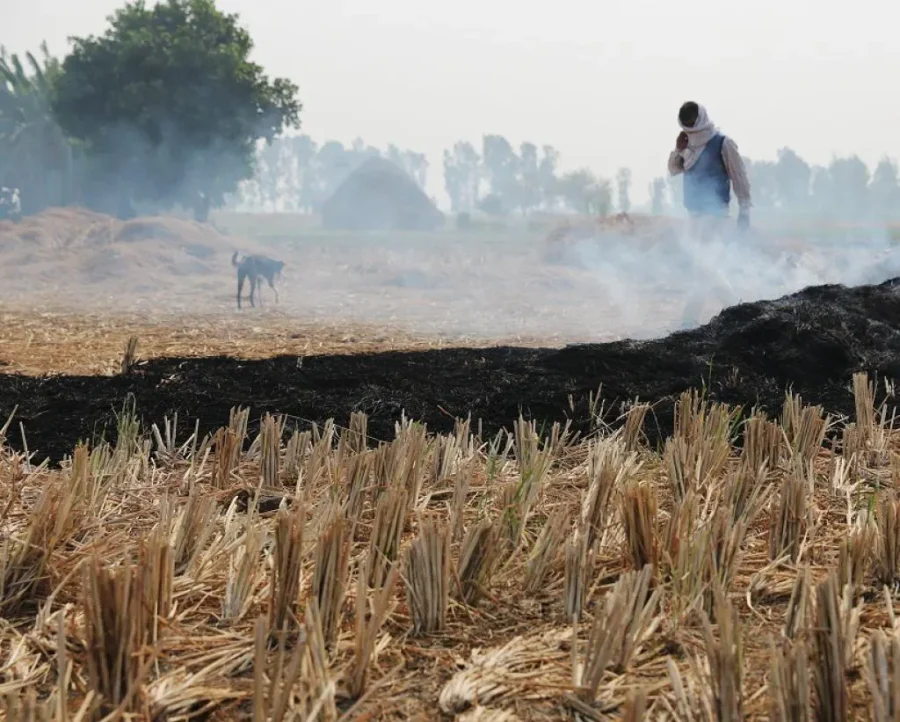As usual there is again a smog attack in Punjab, especially in and around Lahore, Faisalabad and Gujranwala regions.
The problem is so intense that there is a proposal for calling every Wednesday off for the coming few months.
Smog causes a variety of respiratory, eyes and skin diseases, making life miserable for the affected and their families. Smog is caused by a combination of smoke (air pollution) and fog. Air pollution particles ride on fog water and cause double jeopardy. We will discuss in this space the causes and possible solutions.
Is there an immediate solution? Let us first discuss it. There is a solution which has been introduced in China where most cities suffer from a similar problem.
The same solution has been tried in countries of Southeast Asia and Delhi in India. This is water sprinkling but not in a random and unorganised manner.
Water droplets have to be formed and sprinkled from a height of 50 metres. Fire fighting vehicles can be used for this purpose. Experts’ assistance may be procured from China. Some accessories may be brought along by the experts themselves. Admittedly, the solution works and does not work as well depending on the sprinkling techniques used, weather conditions, etc.
Pollution comes down in less than an hour as the water droplets absorbing pollutant particles come down.
Also, there is water consumption issue, which although can be recycled. There is no harm trying this immediate solution. At least the most affected areas can be selected for action. Air pollution is caused by industries, construction activity, transport vehicles, waste burning, etc.
Transport is considered to be the largest source of air pollution, although in Lahore region, industrial pollution is no less.
Transport control actions like holidays and timings can reduce some air pollution. Fuel quality is another solution. Fortunately, since 2018, a law has been made to import only low sulphur petrol and diesel. However, the problem is that local refineries cannot produce low sulphur petrol and diesel. Until these refineries are upgraded, for which project and policy actions are underway, high sulphur fuel will continue to be used in vehicles. A possible solution is to ban locally produced high sulphur petrol and diesel in pollution-sensitive areas of central Punjab. It should not be difficult.
Rescheduling of fuel deliveries and some commercial adjustments should be possible. If nothing else, winter months can be tried for this. In Delhi, there used to be a similar problem and perhaps partly continues to be there. The Supreme Court of India banned use of diesel buses and ordered their conversion into CNG. They also started a major initiative of producing bio-CNG, which killed two birds with one stone – pollution reduction and increasing energy supplies. Bio-CNG causes much less pollution than petrol and diesel. Electric vehicles (EVs) are the ultimate solution to the transport sector pollution; easier said than done. Many countries have started introducing EVs, especially buses.










